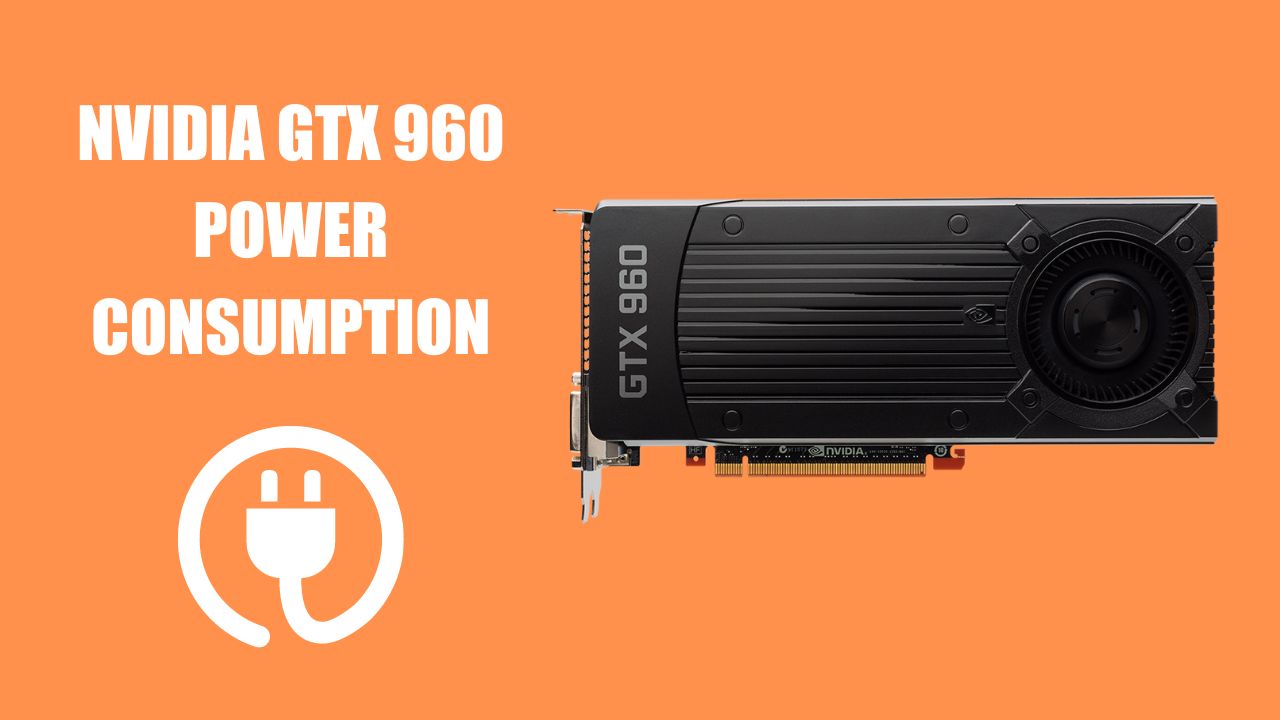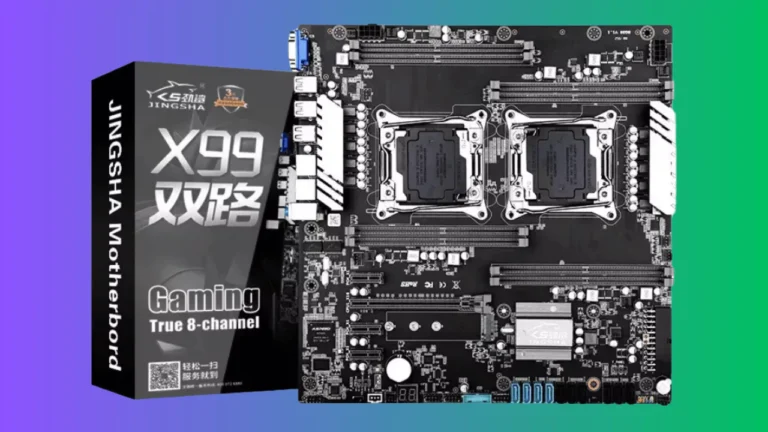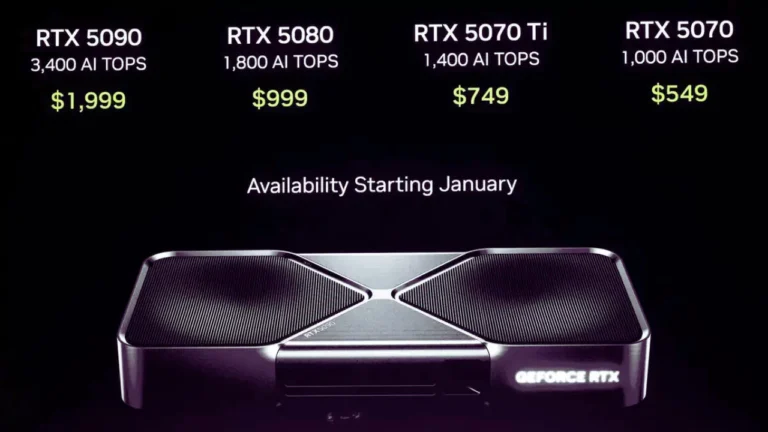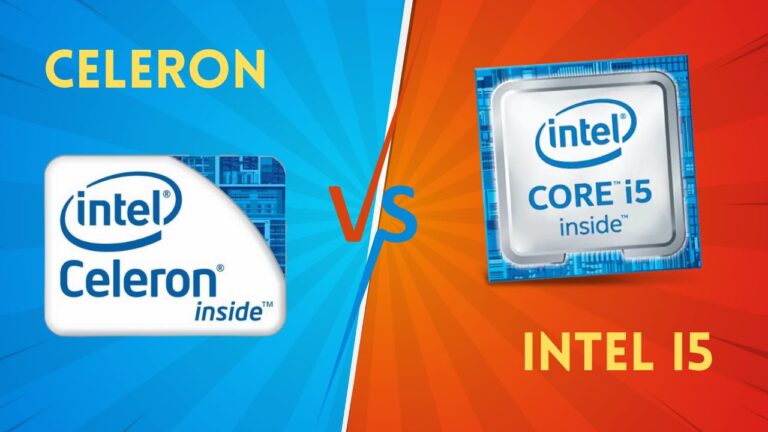The Nvidia GTX 960, released in 2015, demands a 6-pin power connector and a PSU with enough wattage and efficiency, as it peaks at 120 W.
It’s important to factor in the power consumption of your other computer parts when selecting a PSU that’s optimal for your Nvidia GTX 960.
What is the typical power consumption of a system with an Nvidia GTX 960 graphics card installed?
You can use a chart like this one to estimate your total power requirements:
| Component | Power Consumption |
|---|---|
| CPU | 65-140 W |
| Motherboard | 25-50 W |
| RAM | 3-15 W per module |
| HDD | 5-15 W per drive |
| SSD | 2-5 W per drive |
| Optical Drive | 15-30 W |
| Fans | 3-5 W per fan |
For example, an Intel Core i7 processor consumes 95 W, a Z97 motherboard uses 40 W, a pair of 8 GB RAM modules requires 20 W, a hard disk drive demands 10 W, a solid-state drive takes 5 W, an optical drive necessitates 20 W, and three fans together consume 12 W. The total estimated power usage is:
95 + 40 + 10 + 10 + 10 + 5 + 20 + 12 = 202 W
Adding the power consumption of the Nvidia GTX 960 (120 W), you get a total of:
202 + 120 = 322 W
This means you need a PSU with at least 322 W of output power. However, it is recommended to have some headroom for future upgrades, overclocking, or power spikes. A good rule of thumb is to multiply your estimated power consumption by 1.5 to get the ideal PSU wattage. In this case, that would be:
322 x 1.5 = 483 W
Therefore, a PSU with around 500 W of output power would be suitable for this system. You should also look for a PSU with a high-efficiency rating (80 Plus Bronze or higher) and good-quality components to ensure reliability and longevity.
What are the power requirements for an SLI setup of two Nvidia GTX 960 graphics cards?
SLI (Scalable Link Interface) is a technology that allows two or more identical Nvidia graphics cards to work together for improved game and 3D graphics performance.
The Nvidia GTX 960 is compatible with SLI technology and can be paired with a similar graphics unit with the same GPU and memory capacity.
The power requirements for an SLI setup of two Nvidia GTX 960 graphics cards depend on the power consumption of your other computer components as well.
However, as a general guideline, you can use the following formula to estimate the minimum PSU wattage for your SLI system:
Minimum PSU Wattage = (Total Power Consumption of All Components) x 1.5
The total power consumption of all components can be calculated by adding up the power consumption of each component, such as CPU, motherboard, RAM, HDD, SSD, optical drive, fans, etc.
The power consumption of each Nvidia GTX 960 graphics card is 120 W, so the total power consumption of two Nvidia GTX 960 graphics cards in SLI is 240 W.
For example, if you have a system with an Intel Core i7 CPU (95 W), a Z97 motherboard (40 W), two 8 GB RAM modules (10 W each), one HDD (10 W), one SSD (5 W), one optical drive (20 W), and three fans (12 W total), your estimated total power consumption would be:
95 + 40 + 10 + 10 + 10 + 5 + 20 + 12 + 240 = 442 W
Using the formula above, your minimum PSU wattage would be:
442 x 1.5 = 663 W
Therefore, you need a PSU with at least 663 W of output power for your SLI system. However, it is recommended to have some extra headroom for future upgrades, overclocking, or power spikes. A good rule of thumb is to round up your minimum PSU wattage to the nearest hundred. In this case, that would be:
663 -> 700 W
Therefore, a PSU with around 700 W of output power would be ideal for your SLI system. You should also look for a PSU with a high-efficiency rating (80 Plus Bronze or higher) and good-quality components to ensure reliability and longevity.
What are the consequences of running an Nvidia GTX 960 graphics card beyond its recommended power limit?
Pushing an Nvidia GTX 960 graphics card past its suggested power limit can result in various outcomes based on your power supply unit’s (PSU) quality and capacity, your graphics card and PC case cooling, and your graphics card components’ stability and dependability.
Potential consequences include:
- Insufficient power from your PSU to your graphics card and other components could cause crashes, shutdowns, or restarts.
- Overheating your graphics card might lead to throttled performance to avoid damage, causing decreased frame rates, stuttering, or artifacts.
- Voltage fluctuations or surges in your graphics card could harm components or shorten its lifespan.
- Unstable graphics cards can result in errors, glitches, or crashes in games and software.
- The manufacturer may void your graphics card warranty if they find evidence of overclocking or overvolting.
Thus, it is inadvisable to exceed the recommended power limit of an Nvidia GTX 960 graphics card unless you possess a high-quality PSU with ample wattage and efficiency, an effective cooling system for your graphics card and PC case, and a dependable graphics card with proper protective features.
What is the maximum power draw of an Nvidia GTX 960 during heavy load scenarios?
Under heavy load scenarios, the Nvidia GTX 960 graphics card draws a maximum power of 120 W, matching its rated power consumption.
Consequently, the graphics card’s power usage remains capped at 120 W, even when tackling resource-intensive games or applications.
Are there any power-saving features built into the Nvidia GTX 960 graphics card?
Yes, Nvidia GTX 960 graphics card has power-saving features as part of its Maxwell architecture.
These features are designed to provide high performance while consuming minimal power. Some examples of these features include:
- Dynamic Super Resolution (DSR)
- Multi-Frame Sampled Anti-Aliasing (MFAA
- Voxel Global Illumination (VXGI)
- GeForce Experience
- GPU Boost 2.0
- Zero RPM Fan Mode
Can undervolting an Nvidia GTX 960 graphics card help reduce its power consumption?
Undervolting an Nvidia GTX 960 graphics card can help reduce its power consumption, but it may not be possible or advisable for some models.
According to some sources, GPUs with the M suffix (such as GTX 960M) are hardware locked on their voltage and cannot be undervolted.
Also, some desktop GPUs may require flashing the BIOS to undervolt them, which can be risky and void the warranty.
If you have a compatible model of Nvidia GTX 960 graphics card that can be undervolted, you will need a software tool such as MSI Afterburner to adjust the voltage and frequency settings of your GPU.







